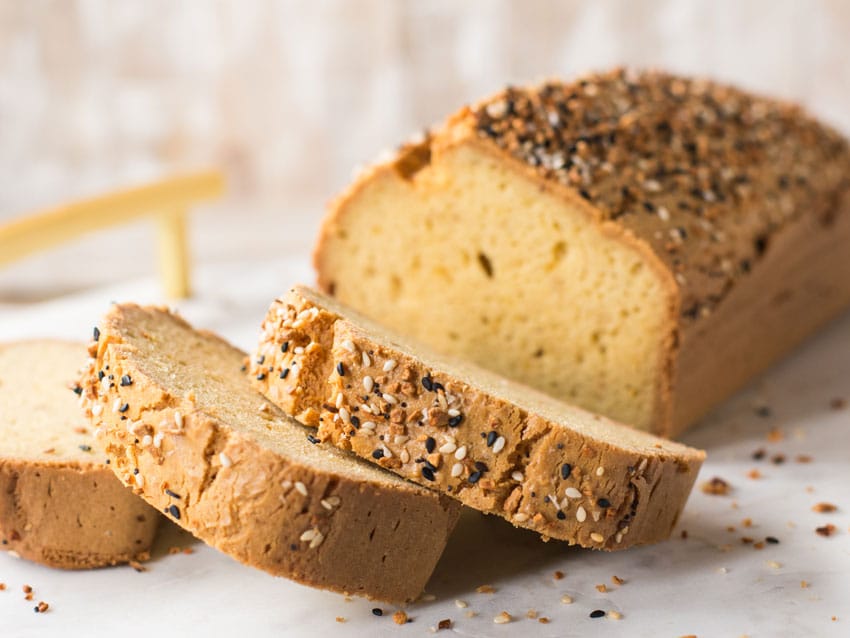It is almost 2 AM and we are at the rooftop bar of the Trademark Hotel, off Limuru Road.
After a hectic week at the 2018 CGIAR Big Data in Agriculture Platform Convention, the after party was a welcome relief. I was seated on a comfy blue couch, overlooking a calm infinity pool.
Beyond it, the Nairobi skyline shone in all its glory.

A little tipsy, I was just seated there smiling sheepishly at the dark sky and brilliant lights. Just as I’m about to slip into a stupor from all the free-flowing drinks, she stands in front of me. There’s just something about a charming young woman that sobers one up.
“Do you know that we have a wheat shortage to thank for all this?”
She asks, while pointing at the beautiful cityscape. She’s wearing a yellow kitenge dress with silhouetted motifs and a fishtail curvature that sensually grabs her figure. I’m still not listening as she repeats the statement.
I am focusing more on her cute, tiny eyes. They are what drew me to her at the gala dinner a couple of hours ago. I want to say something, but the stupor returns, I fall back on the couch.
My father always warned me and my siblings against alcohol. Now I know why.
She walks away. As she does so, she shouted, in her mellow voice:
“Go and find out who bred bread!”

I woke up the next day tired, recovering from a hangover I should never have had in the first place. Its around midday and I am at my place, with no memory of how I even got there. My near-empty stomach is crying, wailing, for help.
Quickly, I jump out of bed, stumble a little, but find my balance and head to the kitchen.
The moment I saw that a loaf of bread on the kitchen table, all the memories came trooping back. The hunger somehow disappears and I rush towards my computer. Her last statement made no sense given that bread cannot be bred. I wanted to find out what she really meant.
A couple of clicks later I came across a name: Norman Borlaug.
It was surprised that I had never heard the name before. This is despite the significant role the American agronomist has played in plant breeding. It is impossible to speak about the science of it without mentioning his name.
I was even more excited given that the blog series I am currently on is entirely about breeding. Opening several other web pages revealed a ton of information about the Nobel Laureate.
Through what is often termed as the Green Revolution, he was able to save an estimated 1 billion lives. That is not an easy feat, and it takes a special kind of person to pull it off. That got me even more psyched up and I went to YouTube to view a couple of documentaries on him.
So, how did he do it?

Wheat, alongside maize and rice, are the three most important food crops. They serve as the staple foods all over the world and a shortage in any one of them is of great concern. The East African famine of 2011 was due to maize shortage. The Great Chinese Famine of 1959-61 was due to a severe shortage of rice.
In the 1940s, Mexico was heading towards the same direction. The wheat production was extremely low and farmers could not manage to produce enough to even feed their own families. A combination of factors including fungal diseases and land degradation led to low produce that left the country in a precarious situation.
He moved to Mexico in 1944 and took charge of a wheat improvement program jointly funded by the Mexican Government and the Rockefeller Foundation. Dubbed the Cooperative Wheat Research and Production Program, it served as a precursor to the International Maize and Wheat Improvement Center (CIMMYT).
Borlaug quickly set to work and created a team that was focused on achieving the three primary objectives of breeding: Disease resistance, robustness, and high productivity. In under five years, they were able to breed a variety of wheat that met all these characteristics.
Furthermore, they further refined it by breeding for semi-dwarfism which made the stalks stronger and hence capable of holding more produce. This lower height also made it suitable for mechanization of wheat production. Within some 20 years, Mexico became self-sufficient in wheat production, and soon began exporting.
He replicated this success in Pakistan and India which were also facing similar situations. Most of the wheat that is farmed commercially these days bears characteristics that are the result of his work. Production of wheat products, therefore, still heavily relies on his pioneering work.
This means that, in a way, he is the man who bred bread as we know it.
Alongside the International Rice Research Institute (IRRI), CIMMYT became among the first agricultural research centers brought under the umbrella of CGIAR (Consultative Group for International Agricultural Research). The event that she and I met in was one organized by CGIAR.
Turns out she was right about this, too. We did have a wheat shortage to thank for that beautiful night.


3 thoughts on “The Man Who Bred Bread”